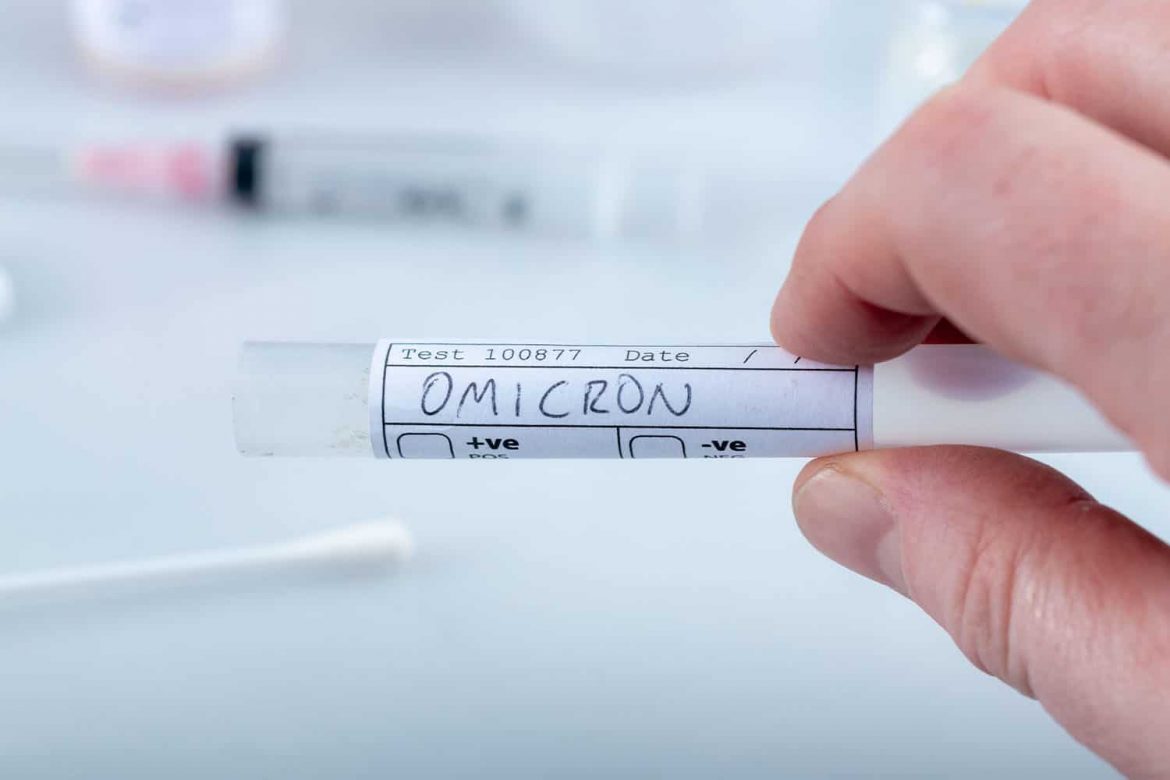According to a report published in the journal Nature, while US health regulators added a new antibody drug to the country’s arsenal against the Omicron variant of coronavirus, the rapidly spreading subvariant, BA.2, may force doctors to reconsider antibody treatments for coronavirus disease (Covid-19). Based on multiple investigations, the research implies that sotrovimab, one of the few treatments for Covid-19 induced by the Omicron, is losing its ability to neutralise BA.2.
A team of US researchers at the department of microbiology, NYU Grossman School of Medicine found that the Omicron BA.2 is not neutralised by Regeneron, Eli Lilly, Sotrovimab and the Evusheld therapeutic monoclonal antibodies. The researchers highlighted that the results “demonstrate the difficulty of identifying broadly neutralizing monoclonal antibodies against SARS-CoV-2”.
Another team of researchers from Columbia University Vagelos College of Physicians and Surgeons concluded that BA.2 exhibited marked resistance to 17 of 19 neutralizing monoclonal antibodies, which had retained “appreciable activity” against BA.1. Both studies have not been peer reviewed and are available in pre-print.
David Ho, a virologist at Columbia University and co-author of one of the studies, however, said that they cannot extrapolate laboratory findings to human treatment outcomes.
“We’re just drawing attention to the fact that BA.2 is quite resistant to sotrovimab in the lab, and that raises questions about whether you can adequately cover BA.2 in patients,” Ho added, as quoted by Nature.
While BA.1 remains the most prevalent variant of concern in several countries, including the US and Britain, cases of BA.2 are rising in India, China, and Denmark.
On Tuesday, the World Health Organization (WHO) said that the BA.2 variant of the Omicron is not more severe than the original. During an online question and answer session, Maria Van Kerkhove, a senior WHO official, said that no difference in disease severity from BA.1 compared to BA.2 has been established.
“So this is a similar level of severity as it relates to risk of hospitalisation. And this is really important, because in many countries they’ve had a substantial amount of circulation, both of BA.1 and BA.2,” she said.





